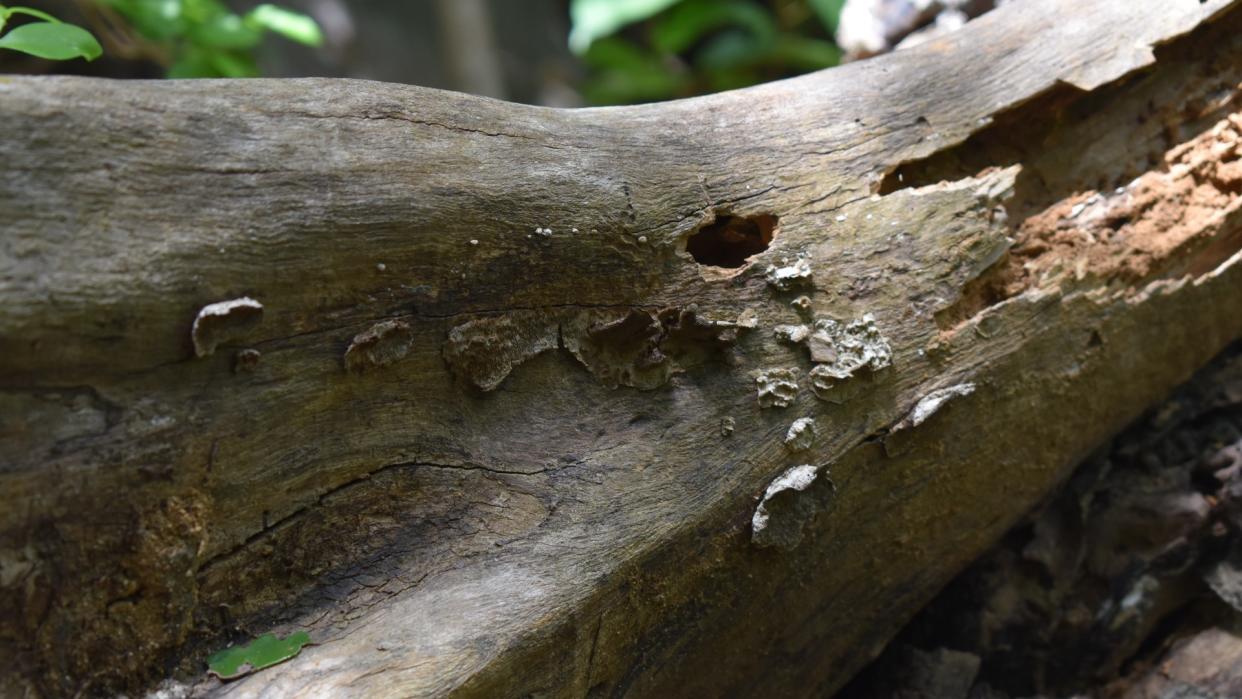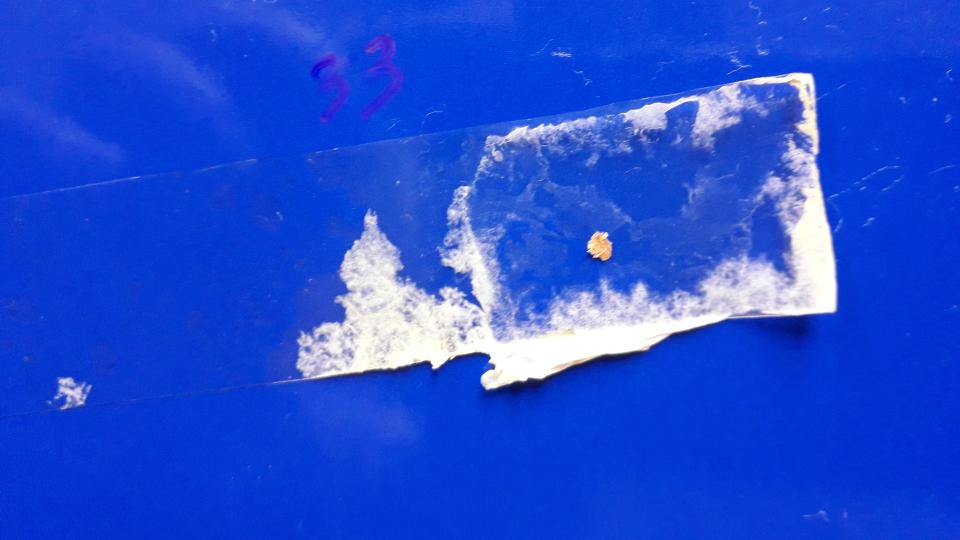Plastic-eating fungi could help take a bite out of Earth's rampant pollution crisis, study suggests

In the forest, certain fungi attach to trees and fallen logs to break down and digest the carbon within their wood before releasing it as carbon dioxide. But when their preferred meal isn't available, these wood-decaying fungi can chow down on plastic instead, according to a new study published July 26 in the journal PLOS One.
White-rot fungi can break down lignin — an extremely strong organic polymer that helps give wood its rigidity — by using enzymes, which are proteins that accelerate the chemical reactions that take place within cells.
"We were thinking, if these fungi can decay these decay-resistant hardwoods, and lignin particularly … they have some weapons with them to decay some other polymers as well," such as polyethylene, or plastic, study co-author Renuka Attanayake, a plant pathology professor at the University of Kelaniya in Sri Lanka, told Live Science.
Related: Microbes in cow stomachs can help recycle plastic
For their study, the researchers isolated 50 fungal samples from decaying hardwoods found in the Dimbulagala dry zone forest reserve in central Sri Lanka. Then, they divided the samples into two main experimental conditions: a dish with low-density polyethylene (a type of plastic), and a dish with both the plastic and wood. After 45 days, it was clear that the fungi consistently preferred wood to plastic, but in both experimental setups, particularly the dish with just plastic, the fungi broke down the polyethylene.
"We think that these organisms are metabolically flexible, I would say, and this may be an evolutionary advantage," Attanayake said. "[The fungi] had to survive in the environment utilizing whatever available."
Though the scientists don't yet know how the chemical pathways in the fungi change when they eat polyethylene, they do know that the white rot used some oxidizing enzymes to break down both the wood and the plastic.

To date, more than 430 species of fungi and bacteria have been found to break down plastic, according to Royal Botanical Gardens Kew in London. Scientists believe that identifying and replicating the enzymes these microorganisms secrete to degrade plastic could eventually help remove some of the 400 million tons of plastic waste produced each year, which often sits in landfills or overflows into the ocean rather than being recycled.
RELATED STORIES
—This very hungry caterpillar eats plastic bags
—How much plastic actually gets recycled?
—Humans inhale a credit card's worth of microplastics every week. Here's where it ends up.
This new study is a "tiny baby step" toward understanding how fungi could help tackle plastic pollution, Attanayake said. First, though, scientists must see how wood-decaying fungi fare in different conditions, such as landfills, and whether they pose a threat to native trees. However, "under restricted conditions we may be able to utilize this thing one day, but a lot more research has to be done before that," she added.

